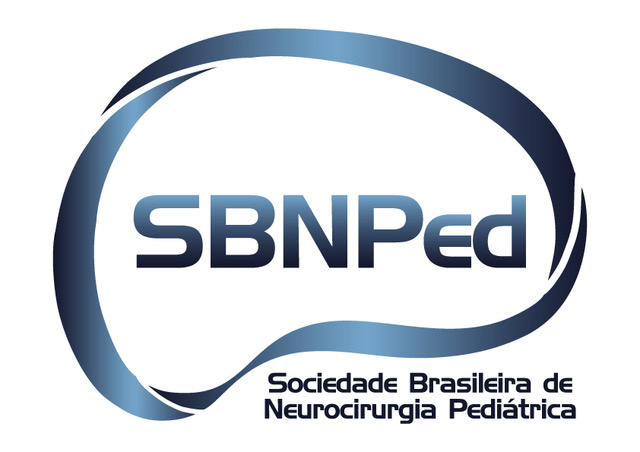Experimental Hydrocephalus
DOI:
https://doi.org/10.46900/apn.v4i1(January-April).104Keywords:
Hydrocephalus, Experimental HydrocephalusAbstract
Objective: Experimental hydrocephalus, the study of hydrocephalus using animal models, is a very wide topic. In this presentation, the author aims to summarize the main issues related to experimental hydrocephalus, including the most frequently used models, experimentation of medical and surgical therapies, the unveiling of more recent facts regarding the so-called glymphatic system and further contributions to our current understanding of hydrocephalus.
Methods: The author reviews his own wide experience in the field and adds the most recent medical literature data, providing an updated and thorough scrutiny of experimental hydrocephalus.
Results/Discussion: Certain bioengineering techniques, which are essential for exploring the role of cellular and molecular adhesion to ventricular catheters, are developed in ex-vivo and in-vivo models. Regarding animal models per se, a great range of animals such as mouse, rat, dog, rabbit, ferret and pig can be used; hydrocephalus can be genetically produced or induced using kaolin, blood, and mechanical methods, among others. It is important to appreciate the translation of brain development periods across species, as well as the side effects of the induction method. Disruption of the ventricular zone has been established as a major factor leading to hydrocephalus, and disfunction of many adhesion molecules such as ADAM10 and n-cadherin have been implicated in this process. Thus, the use of decorin, a small cellular or pericellular matrix proteoglycan, has been found to prevent the development of communicating hydrocephalus, as well as deferoxamine, epidermal growth factors, hyaluronidase and memantine. Resorption of cerebrospinal fluid via dural lymphatics, perivascular spaces and glia, collectively known as the glymphatic system, have been discussed, but are still incompletely understood. Lastly, recent contributions and the future directions of experimental hydrocephalus have been presented.
Conclusions: Experimental hydrocephalus is continually evolving and is a source of valuable information concerning anatomical, physiological and pathological aspects of this disease. A basic knowledge of experimental models is fundamental and must be combined with further clinical studies so we can provide hydrocephalic patients with the best standards of care.
Downloads
References
McAllister III, JP. Experimental Hydrocephalus (oral presentation). Arch Pediat Neurosurg.

Downloads
Published
How to Cite
Issue
Section
License
Copyright (c) 2021 James (Pat) McAllister III

This work is licensed under a Creative Commons Attribution 4.0 International License.

When publishing in Archives of Pediatric Neurosurgery journal, authors retain the copyright of their article and agree to license their work using a Creative Commons Attribution 4.0 International Public License (CC BY 4.0), thereby accepting the terms and conditions of this license (https://creativecommons.org/licenses/by/4.0/legalcode).
The CC BY 4.0 license terms applies to both readers and the publisher and allows them to: share (copy and redistribute in any medium or format) and adapt (remix, transform, and build upon) the article for any purpose, even commercially, provided that appropriate credit is given to the authors and the journal in which the article was published.
Authors grant Archives of Pediatric Neurosurgery the right to first publish the article and identify itself as the original publisher. Under the terms of the CC BY 4.0 license, authors allow the journal to distribute the article in third party databases, as long as its original authors and citation details are identified.





























